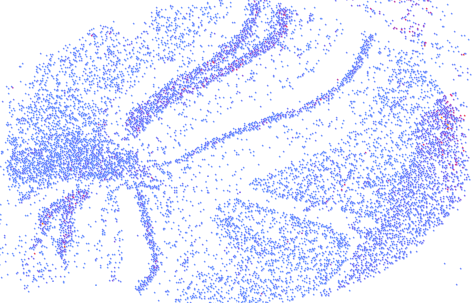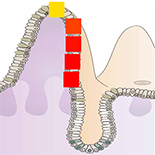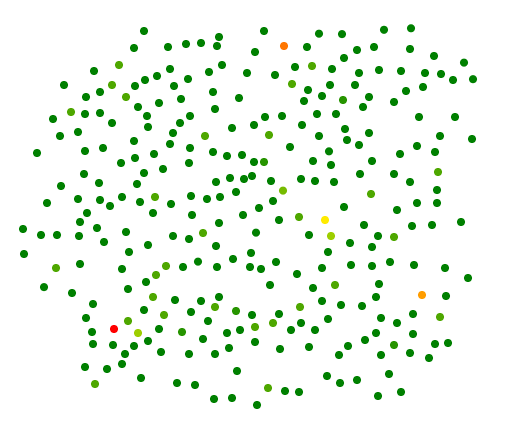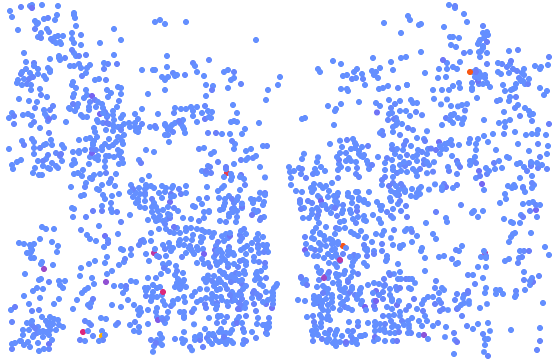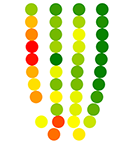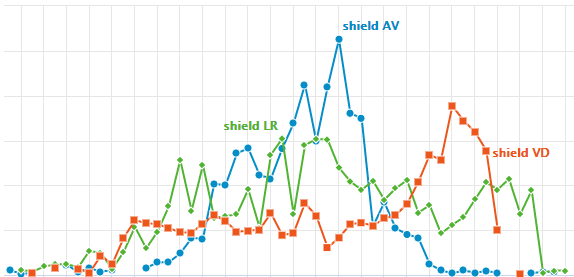Welcome to SpatialDB! click thumbnails to quickly browse the spatial gene expression profiles.
Search SpatialDB
What is SpatialDB?
Spatially resolved transcriptomics providing gene expression profiles with positional information is key to tissue function and fundamental to disease pathology. SpatialDB is the first public database that specifically curates spatially resolved transcriptomic data from published papers, aiming to provide a comprehensive and accurate resource of spatial gene expression profiles in tissues. Currently, SpatialDB contains detailed information of 24 datasets generated by 8 spatially resolved transcriptomic techniques. SpatialDB allows users to browse the spatial gene expression profile of all the 8 techniques online and compare the spatial gene expression profile of any two datasets generated by the same or different techniques side by side. It provides spatially variable (SV) genes identified by SpatialDE and trendsceek, as well as functional enrichment annotation of SV genes.
What can SpatialDB provide?
1. An atlas of spatially resolved transcriptome, including techniques and datasets of tissues from human, mouse, drosophila, C. elegans and zebrafish.
2. A web interface for spatially resolved transcriptomic data visualization and comparison.
3. An online tool for quick retrieval of spatial gene expression in a certain tissue of interest.
4. Spatially variable (SV) genes identified by SpatialDE and trendsceek, and GO and KEGG enrichment analysis of these SV genes.
Visitors
Cite SpatialDB
Zhen Fan, Runsheng Chen and Xiaowei Chen. SpatialDB: a database for spatially resolved transcriptomes. Nucleic Acids Research. DOI:10.1093/nar/gkz934.

